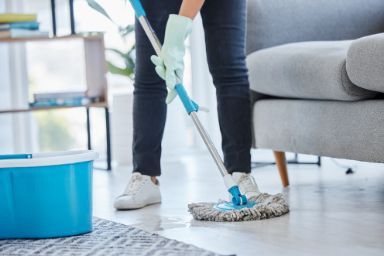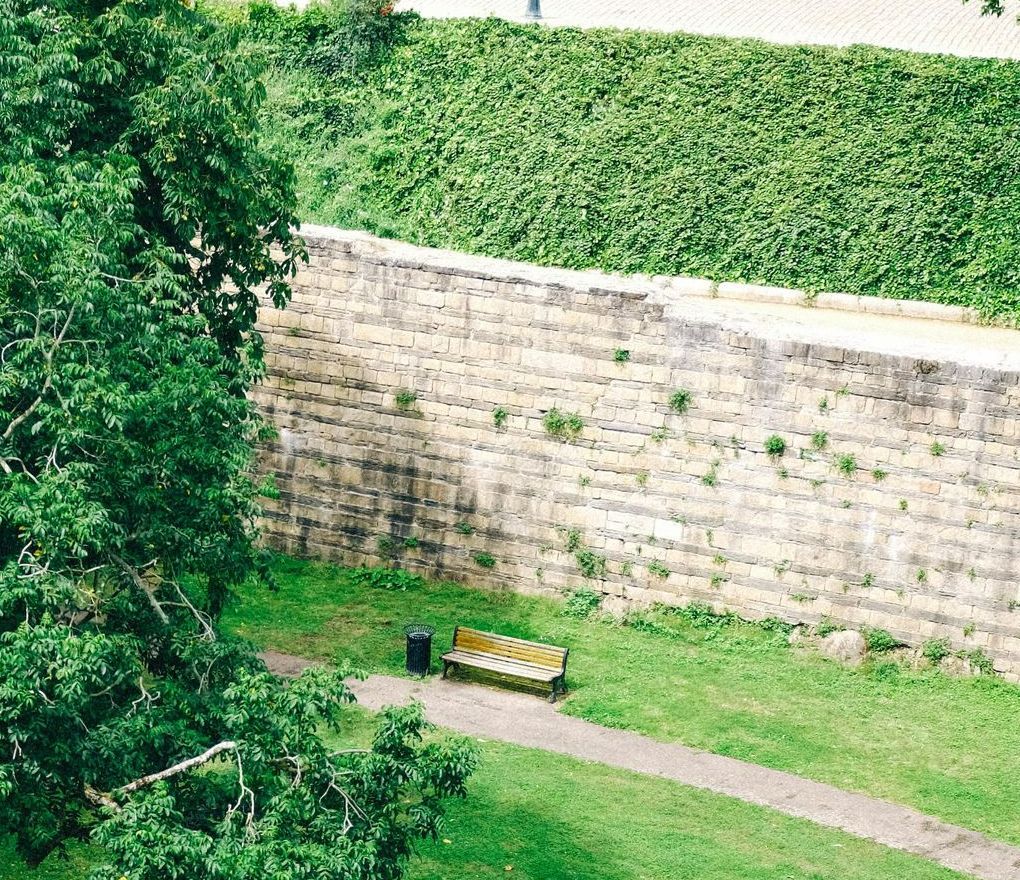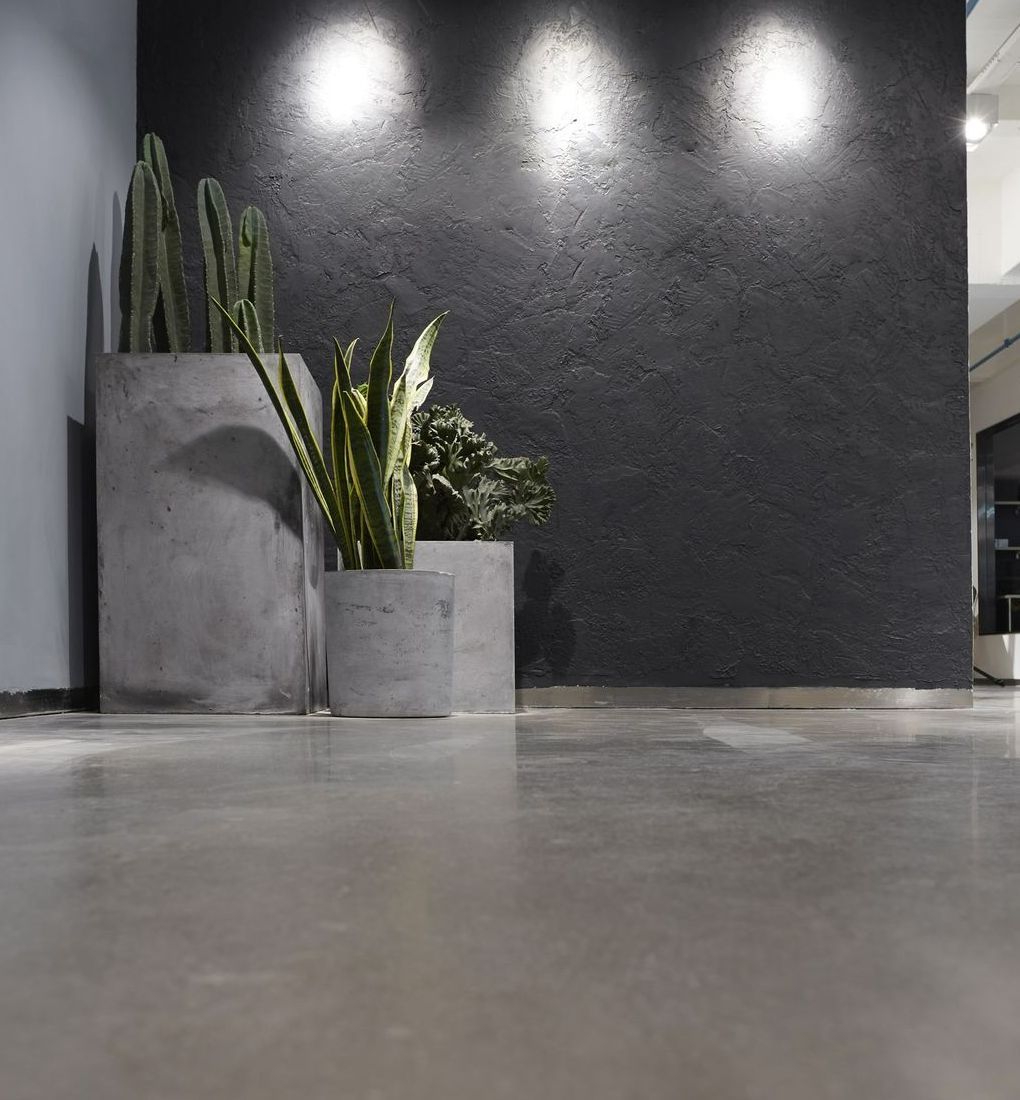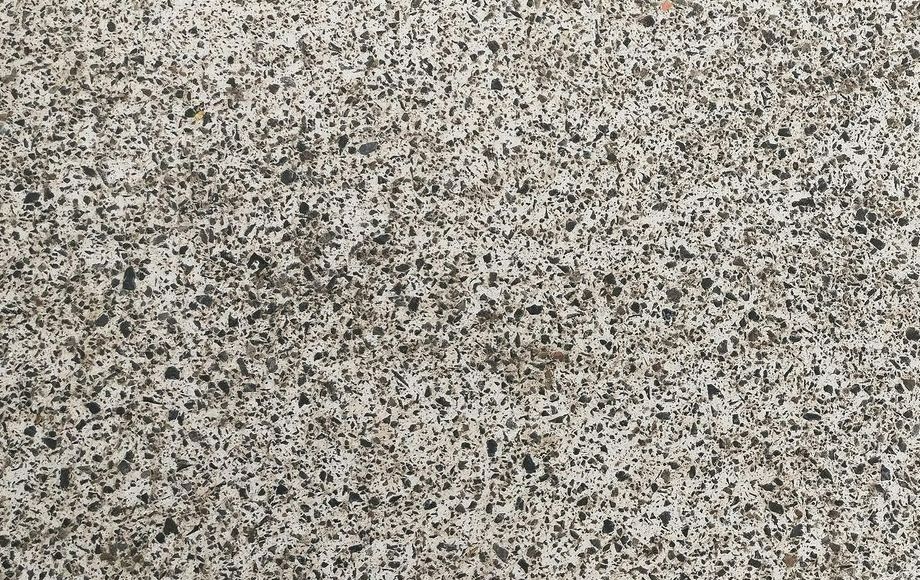How to Maintain Polished Concrete Floors in Bendigo
Keeping your polished concrete floors in good condition is one of the best ways to maintain their beauty and durability. By cleaning them regularly and protecting them from spills, you can extend the life of your floor and minimize the cost of maintenance.

Cleaning
Whether you've got a polished concrete floor in your home or office, you'll want to keep it looking its best. Cleaning it properly will help you get the most out of your floor and save you thousands of dollars in maintenance costs over the years.
The first step to taking care of your concrete is to remove any dirt or debris. You can use a floor cleaner that is designed for polished concrete. You'll want to avoid harsh, abrasive cleaners because they can scratch the surface. Ask your contractor if you need help determining which cleaning product to use.
After removing the accumulated dirt, you'll need to remove any stains that may have appeared. You can use a mild cleaning solution with castile soap. It would be best if you also used a pH-neutral cleaner to suspend the contaminants on the floor.
If you have a spill on your polished concrete, you'll want to clean it up as soon as possible. Never drag furniture or appliances across the floor. It can scratch the floor and cause discolouration. You can use degreasers to remove tough stains.
You can protect your polished concrete floor from damage by putting in a doormat. This will keep dirt and sand from accumulating. It will also reduce the dirt brought in by visitors.
If you have an outdoor polished concrete floor, you'll need to wipe it down regularly. You'll need to use a mop or a bucket of clean water to do this. This will help to eliminate any liquid spills.
You can also invest in a high-speed burnisher to do the job. It should be fitted with a diamond grit pad recommended for a polished concrete floor.
Cleaning your polished concrete floor regularly will help you keep it looking its best for years. It will also prevent dust from building up.
You can use many different types of protection for your polished concrete. You'll need to choose one that works with your floor and lifestyle. It would be best if you also considered working with your installation contractor to ensure your floor looks its best.
Protecting from spills
Keeping your polished concrete floors protected from spills and dirt is integral to maintaining your base. Depending on how much traffic your feet receive, you may need to clean and maintain them daily.
Using a concrete cleaner compatible with polished concrete can help prevent damage to your floors. However, if a spill occurs, it is essential to clean it up quickly. This will prevent it from settling into the surface and causing unsightly stains.
Spills can be a problem on any flooring, but they can be especially damaging on polished concrete. They can stain the floor and can cause it to fade. Also, if the spill is acidic, it can eat away at the finish, reducing the shine and damaging the underlying concrete.
If you have children or pets, ensure they are trained not to scratch your floor. You can also keep your feet protected by adding a door mat to the entrance to the room. This will minimize the dirt and debris your visitors bring into your home.
For extra protection, you can apply a sealant or polish guard. These products will give your floors more sheen and protect them from stains.
A penetrating sealer can offer an invisible shield against the infiltration of liquids. This is an excellent solution for industrial and commercial buildings. The sealant is made from a variety of silicones. The coating leaves a thin, water-resistant residue on the floor.
Semi-penetrating sealers are also available. These are applied with a sprayer or a microfiber cloth. These are a good choice for areas with low foot traffic. The semi-penetrating sealers wear out faster than polyurethanes.
Another option is to use an adhesive remover. This will help to remove sticky items easily. Alternatively, you can damp mop your floors. This will provide a more thorough cleaning.
You can also treat your polished concrete floors with various floor treatments. These can help increase traction, protect your grounds from stains, and make the surface safer when wet.
Reduced cost of maintenance
Having polished concrete floors in your home or business can be a great option. They are easy to maintain and can reduce energy costs, reduce light and air pollution, and improve the aesthetic appeal of a room. They also have a longer life span and are waterproof, making them ideal for indoor spaces. However, they require regular upkeep and cleaning. These can be done at home or professionally.
The cost of maintaining a polished concrete floor depends on the amount of polishing that was done and how much traffic it will receive. It also depends on the type of contaminants accumulated on the surface. It is essential to make a plan for implementing a maintenance program.
A professional concrete contractor can ensure that your floor will last for many years. They will know which polish and sealant are best for your particular type of floor. They can also provide regular maintenance visits.
A polished concrete floor will need to be cleaned daily. This can include dust mopping, wet mopping, or auto-scrubbing. It will also need to be sealed to prevent damage. To protect your floor from moisture, you can add an epoxy coating. It will also keep your foot from staining.
We hope you enjoyed reading this blog post about maintaining
polished concrete floors in Bendigo. Polished concrete is an excellent choice for flooring in a garage, as it keeps the floor free of clutter, is non-absorbent, and it's super easy to hose down if it gets dirty! If you're interested in polished concrete flooring, you can call us at
03 4420 4768.
You might also like



FREE INSTANT QUOTE
**plus free bonus coupon**
